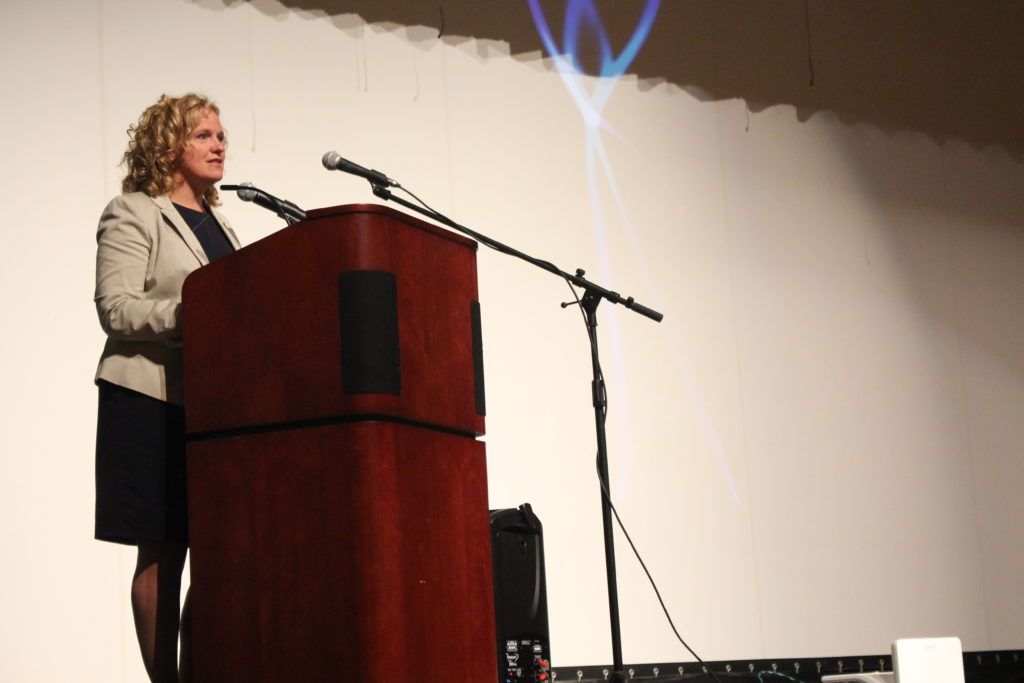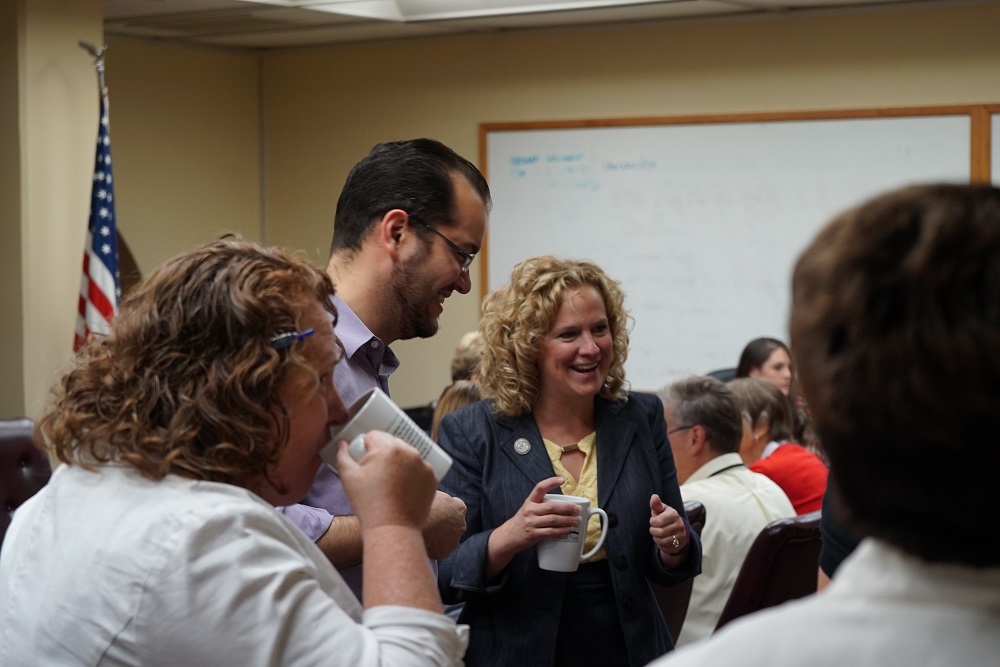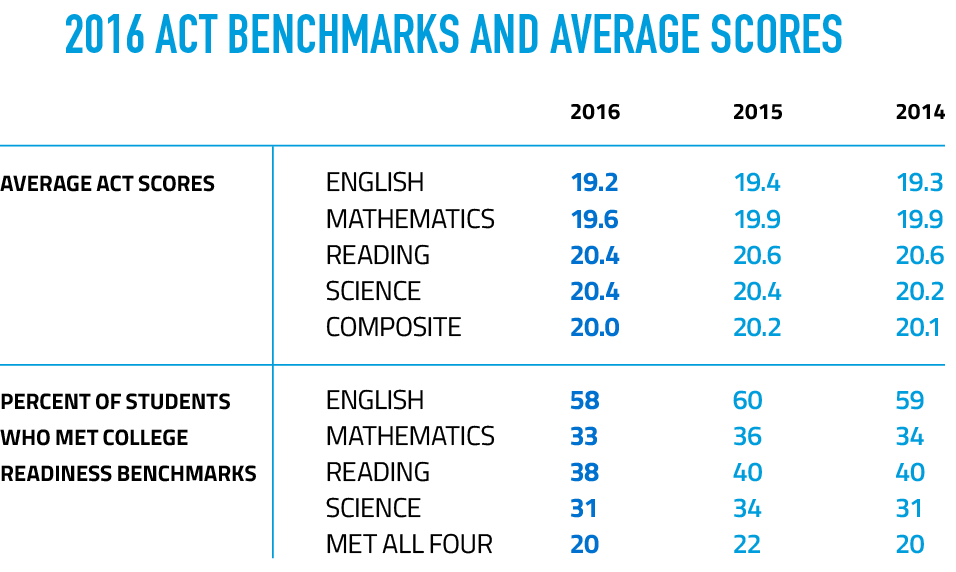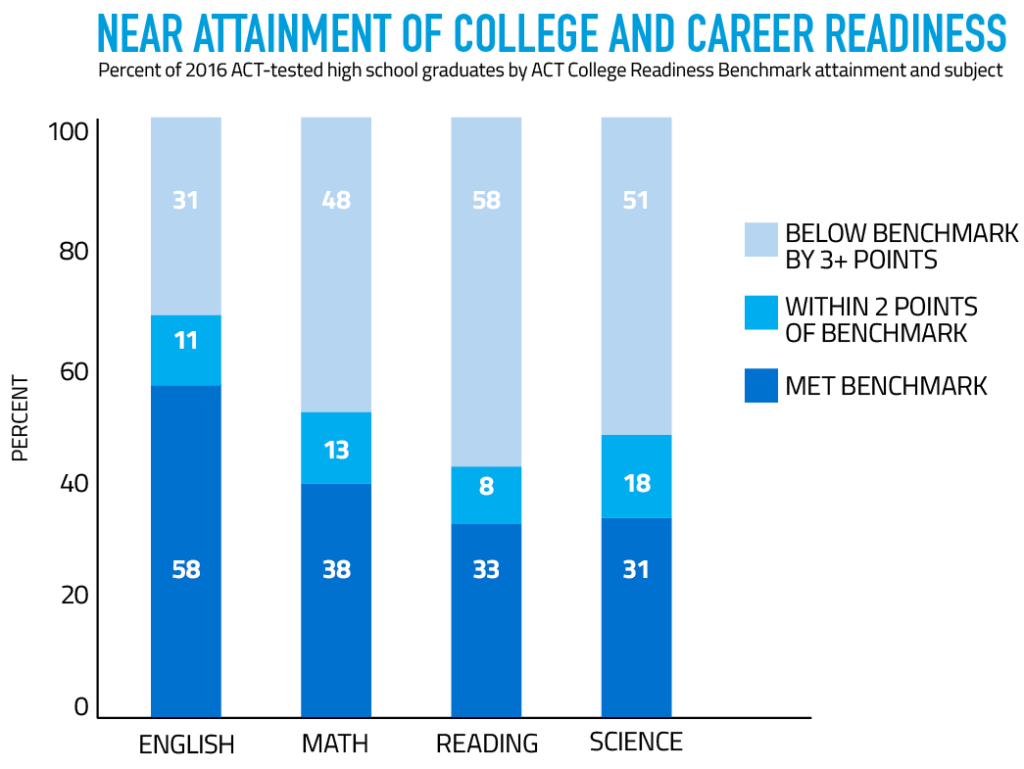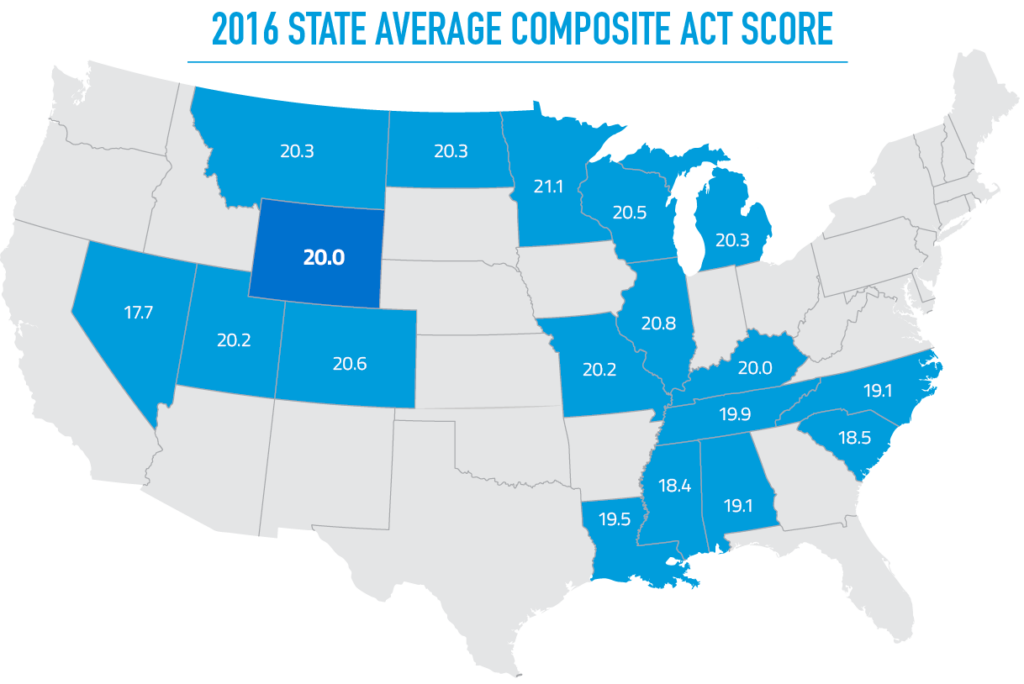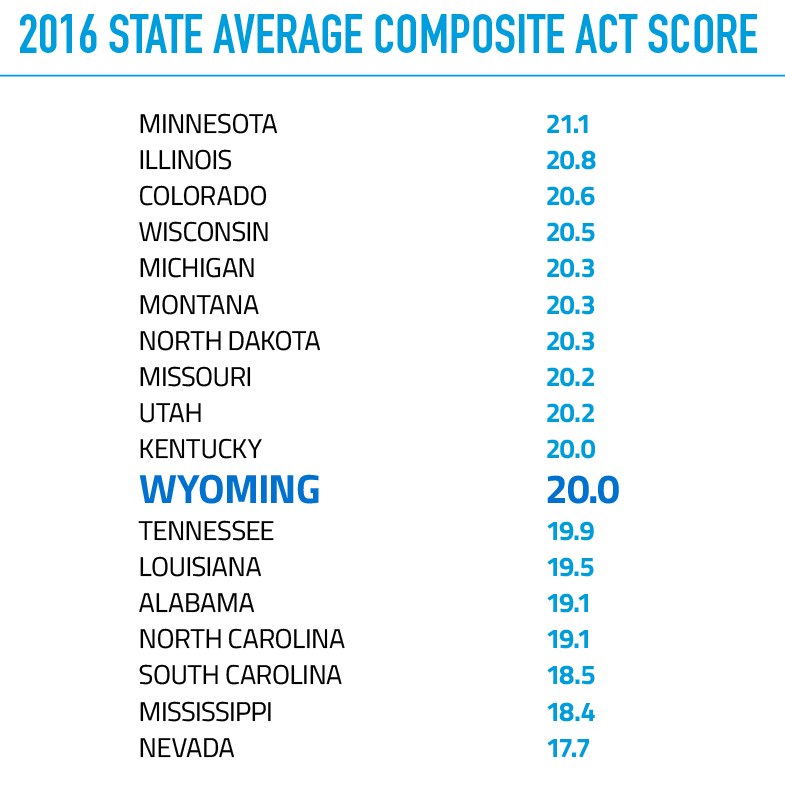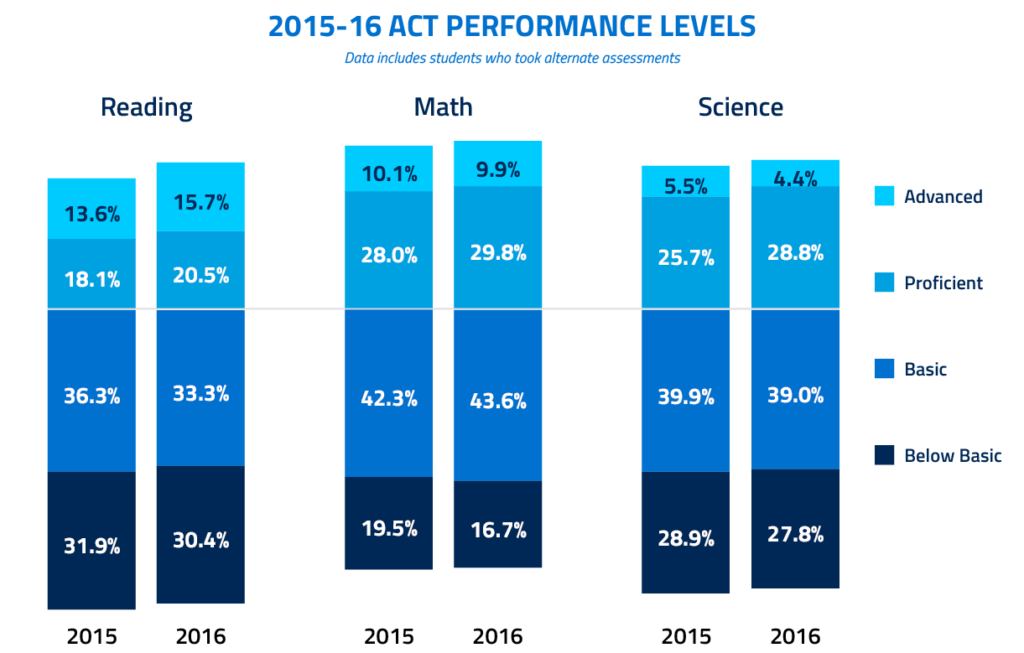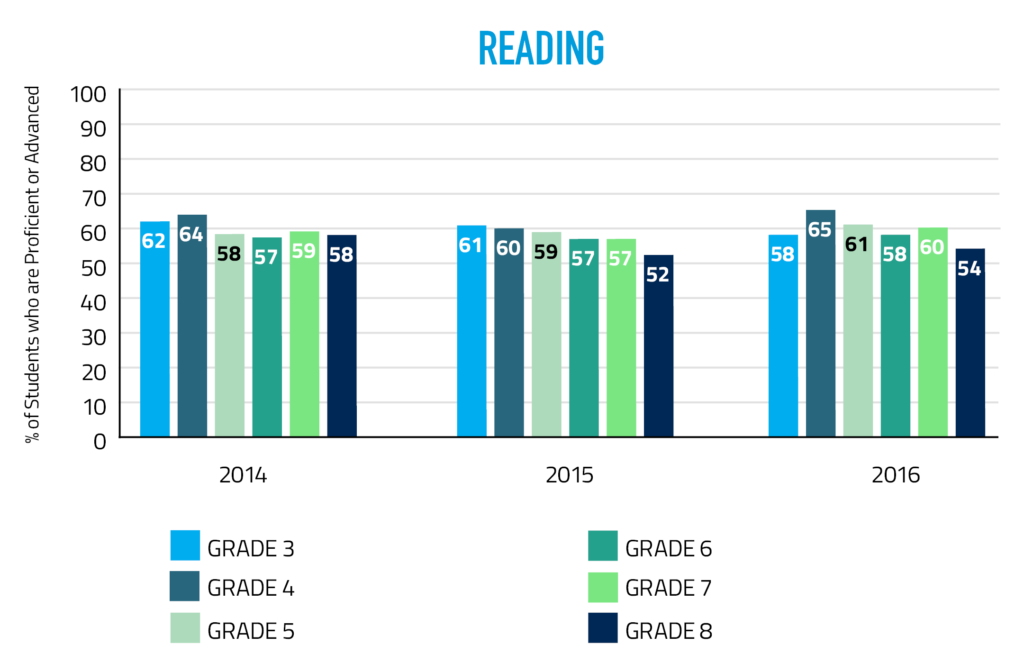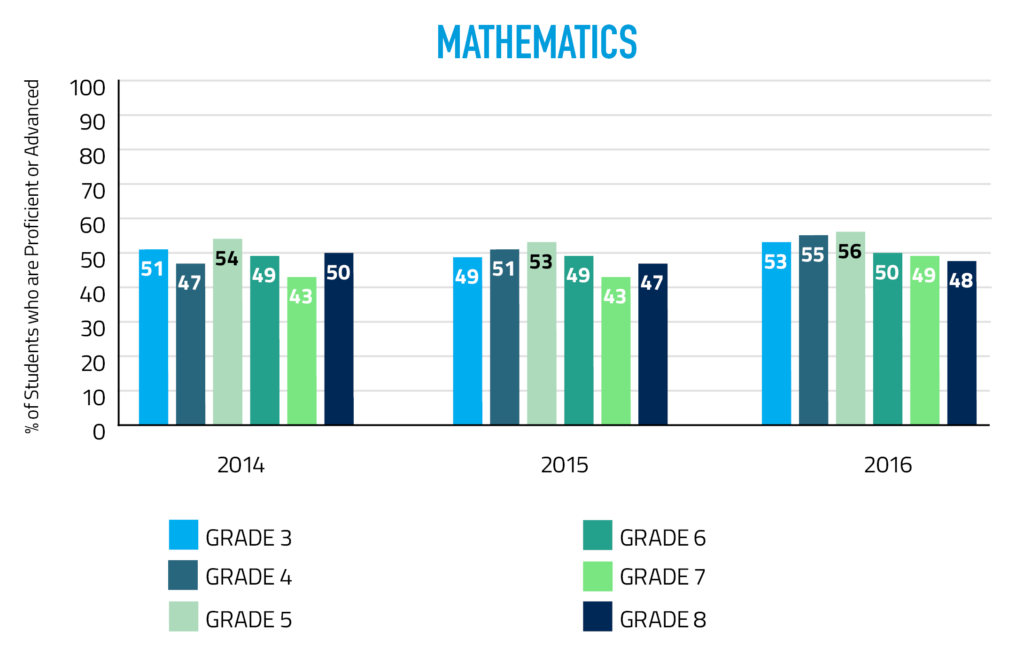CHEYENNE – The Wyoming Department of Education (WDE) today announced the state’s science results on the 2015 National Assessment of Educational Progress (NAEP), also known as the Nation’s Report Card. Overall, Wyoming’s fourth and eighth-grade students in 2015 continue to outperform national average test scores in science.
“Overall results are favorable for Wyoming and that is a credit to our schools, students, and communities,” said State Superintendent of Public Instruction Jillian Balow. “As we look toward the implementation of new science standards, we’re hopeful that we’ll be able to make more progress and close achievement gaps.”

Wyoming’s average science scores have increased in 2015 for both grades four and eight since 2009. Wyoming’s average scores in eighth grade science, however, were unchanged in 2015 from results posted during 2011.

To compare Wyoming with other states in 2015, two states performed higher in fourth grade science, 35 performed lower, and nine were not reliably different. In eighth grade science, four states performed higher, 29 performed lower, and 13 were not reliably different from Wyoming.
NAEP provides an external reference or point-of-comparison to audit, review, and compare each state’s educational program. Additionally, it provides a stable trend line for tracking student achievement.
Results increased nation-wide in both fourth and eighth grades between 2009 and 2015. National results for 12th grade, however, were statistically flat or unchanged for the same six-year period. Wyoming has surpassed national NAEP science results for each testing cycle since introduction of the new assessment frameworks in 2009.
NAEP testing is administered every two years in reading and mathematics to Wyoming’s fourth and eighth grade students. Typically, NAEP science is assessed once every fourth year. All fifty states, plus the District of Columbia and Department of Defense (DoD) schools, participate in the reading and mathematics assessments. It is administered to a statistical sampling of Wyoming students and does not render test results for individual students or their schools. NAEP data therefore represents a sampling of Wyoming students and their responses.
International testing results from 2015 for U.S. schools in science and mathematics, as measured by TIMSS (Trends in International Mathematics and Science Study) and PISA (Programme for International Student Assessment), are scheduled for public release in late-November and early December respectively. Additionally a report to be released in 2017 will statistically link Wyoming’s 2015 NAEP results in mathematics and science for grades four and eight to the TIMSS reporting scale, thus allowing valid comparisons of Wyoming students’ performance with their peers globally.
For more details on Wyoming’s 2015 NAEP science results, go to edu.wyoming.gov/educators/
-END-
Media Contact:
Kari Eakins, Communications Director
kari.eakins@wyo.gov
307-777-2053
